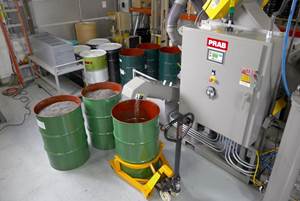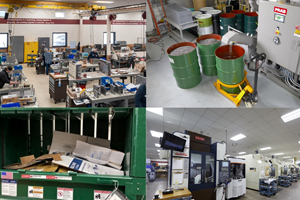Ford Goes Greener for Plastics
Research scientists at Ford Motor are finding the ways and means to make more-sustainable plastics for use in their vehicles. And some of the bio-materials being used may surprise you.
What does Heinz Ketchup have to do with plastics and the Ford Motor Co.?
Well, it’s not that the PET squeeze bottles used for the condiment are found throughout the company cafeterias.
Rather, explains Debbie Mielewski, senior technical leader, Materials Sustainability, Ford, (and, notably, keynote at the 2016 Re|focus Sustainability and Recycling Summit) the automaker and the ketchup maker are working together on finding the ways and means to use the skins from the more than two million tons of tomatoes that Heinz processes each year as fillers in composite materials that would be used by Ford for components in its vehicles.
That’s right: tomato skins could be used in a Mustang or a Continental at some point in the not-too-distant future if Mielewski and her colleagues can make it work.
Looking for alternatives for “conventional” plastic materials is nothing new at Ford. Back in the 1940s Henry Ford experimented with using soy beans as a source of plastics. In 1941 Ford built what could be considered something along the lines of what a Saturn would be in 1990: a steel frame covered with 14 bio-based plastic panels. Henry Ford was not only an industrialist, but in many ways, was an agriculturalist. And realize that World War II was lead to the rationing of materials like steel—and the halt to auto production in the U.S. Consequently, Ford and his company moved onto other things (like mass producing B-24 bombers, something that had been thought to be impossible). Still, there is the legendary photograph of Henry Ford taking a whack at the soybean-based plastic trunk on his car with an axe.
The war ended, the price of petroleum went down, steel and other materials became available, and Henry Ford died. So that almost put an end to soy-based materials at Ford. Almost.
“I find myself doing a lot of things that Henry Ford did way back when,” Mielewski says, adding, “I think he would be so thrilled.”
For example, while you can’t buy a Ford with soy-based panels, there isn’t a single new North American-produced Ford vehicle that you can buy that doesn’t use soy oil for the production of foam that is used for seat cushions, seat backs and headrests. The company started using soy oil for the seats in the 2008 Mustang, and by 2011 all North American vehicles use the soy-based foam. This is non-trivial, because on average, Mielewski says, there are 40 pounds of foam in a vehicle.
Mielewski and her colleagues in Dearborn have been developing a variety of materials that are 1) natural, and 2) not typically otherwise used. For example, she says that they started working with farmers in Ontario, Canada, for wheat straw. Mielewski says that the usual approach to dealing with wheat straw is to “light a match and create CO2 without any benefit.”
But they started using it as a filler, in place of talc, used to produce the polypropylene storage bins used in the Ford Flex.
Mielewski says that even after the soy-foam seats and the wheat straw deployment people said that they’d never be able to replace glass fibers. After all, glass fibers are highly engineered. But Ford started working with forest product giant Weyerhaeuser, which had seen the use of its pulp products in the U.S. diminish as paper production moved off shore. They began testing the use of cellulose fibers from trees, and in 2010 those fibers replaced glass in the armrest of the Lincoln MKX. Not only did the material meet the functional and aesthetic requirements, but because the natural fibers are less dense, they were able to reduce the weight of the part.
At present, there are eight bio-based materials used in Ford products. These include coconut-based composite materials and recycled cotton used for carpet and seat fabrics. Based on warranty data, Mielewski says that none of these applications have been a problem.
Given that Ford sells over 2.6-million vehicles in the U.S., you’d think that it would be an easy thing for Mielewski and her colleagues to get natural fibers everywhere. But that’s not the case.
She admits, “We are having a hard time migrating it,” explaining that there are a variety of reasons. For example, if a supplier is producing glass-fiber reinforced plastic parts, the tooling that has been cut is optimized for the characteristics of that material, and natural fibers have a greater percentage of shrinkage. “You can’t do drop-in replacement,” Mielewski points out. “We have to prove to the supply base that these things can be done.”
For another thing, there is the issue of sources of bio-based material, which are not great for the simple reason that there isn’t a huge demand for them. This explains why Ford is working with companies including Coca-Cola and Nike to expand that demand.
Mielewski and her team are looking at using dandelions (specifically, Russian dandelions or Taraxacum kok-saghyz) as a replacement for natural rubber. They’re considering U.S. currency that is taken out of circulation every week as a source of fibers for things… like coin trays. Algae is another source they’re looking at.
And Ford has entered into a collaboration with Jose Cuervo—yes, the producer of tequila. They’re looking at the use of fibers from the agave plant after the piña—the source of what becomes the liquor—has given up its fluid. Mielewski says that the organic material “is quite attractive in a plastic part. It provides a totally different look. We are trying to influence our designers to use it. I would like to see it in a green vehicle.”
Related Content
Embracing ESG: One Mold Builder's Path to Sustainability and Success
The story of how a company in the moldmaking, injection molding and metal parts industry is navigating the challenges and opportunities associated with sustainability.
Read MorePerspectives on Sustainability in Mold Building: A Diverse Outlook
In conversations with individuals involved in the mold building industry, a variety of perspectives on sustainability emerged, showcasing the multifaceted nature of the term.
Read MoreMMT Chats: Exploring Sustainable Innovation & Advanced Technology: The Plastek Group's Injection Blow Mold Project & More
MoldMaking Technology Editorial Director Christina Fuges interviews VP Global Engineering & Tooling Doug Prischak and VP of Sales John Heinrikson from The Plastek Group and Triangle Tool about an injection blow mold project, sustainability, imaging, AR and 3D printing.
Read MoreInjection Molds and Integrated Solutions Through Ambition and Innovation
Jordan Robertson, VP, Business Development and Marketing for StackTeck discusses various mold technologies to improve efficiencies in automation, cooling, lightweighting and sustainability.
Read MoreRead Next
How to Use Continuing Education to Remain Competitive in Moldmaking
Continued training helps moldmakers make tooling decisions and properly use the latest cutting tool to efficiently machine high-quality molds.
Read MoreAre You a Moldmaker Considering 3D Printing? Consider the 3D Printing Workshop at NPE2024
Presentations will cover 3D printing for mold tooling, material innovation, product development, bridge production and full-scale, high-volume additive manufacturing.
Read MoreReasons to Use Fiber Lasers for Mold Cleaning
Fiber lasers offer a simplicity, speed, control and portability, minimizing mold cleaning risks.
Read More
.jpg;width=70;height=70;mode=crop)
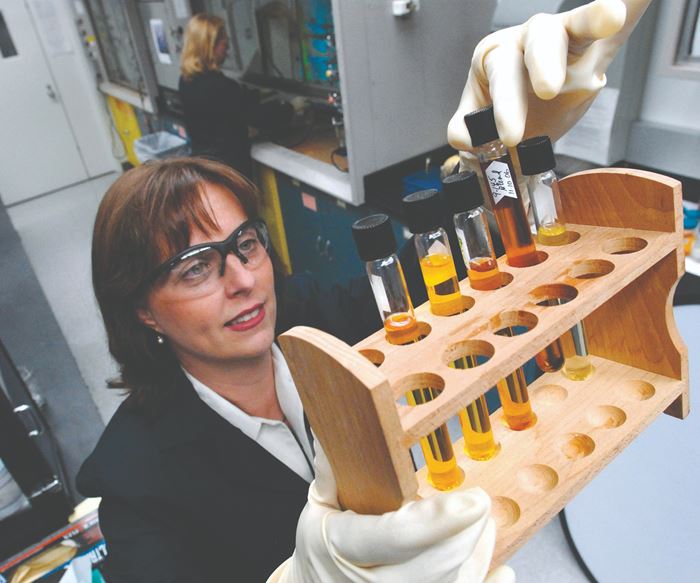
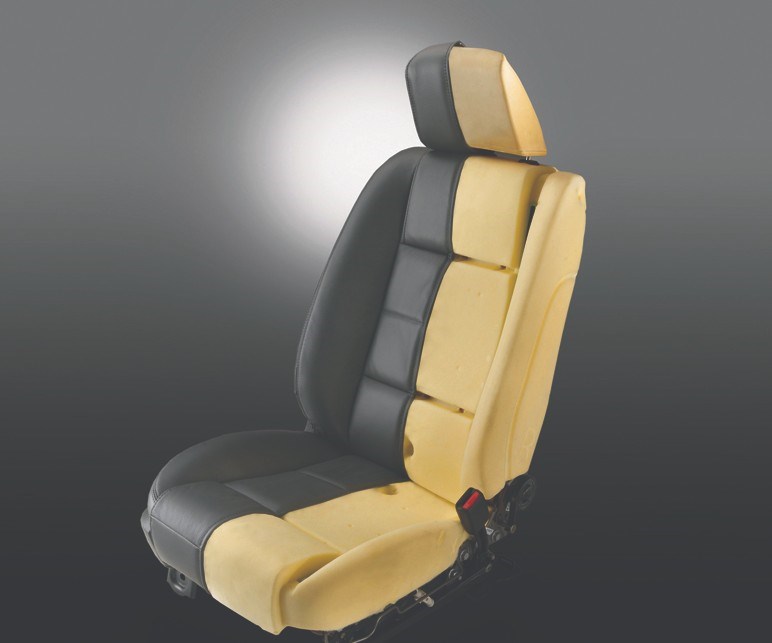
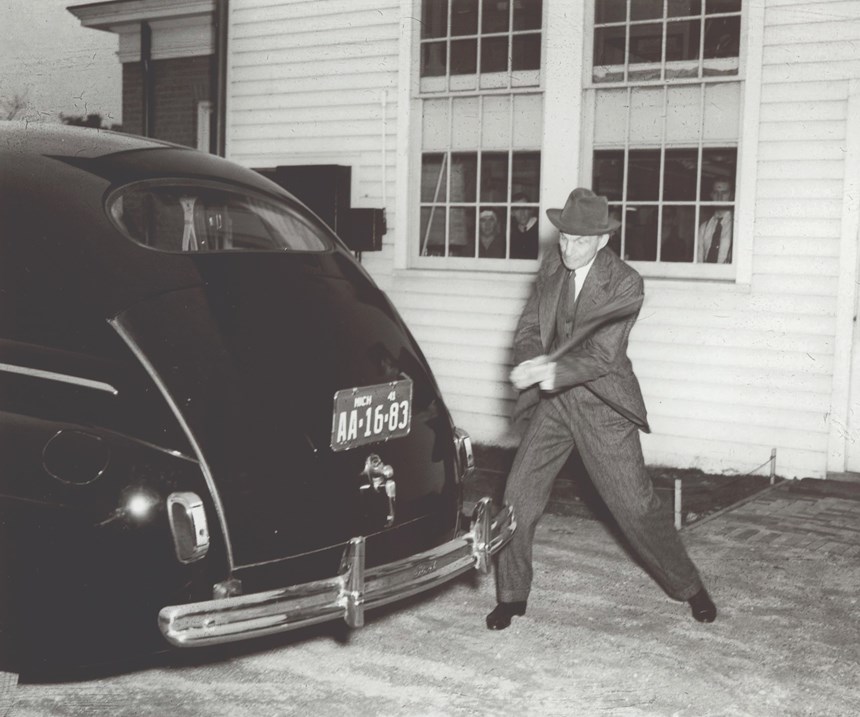













.jpg;maxWidth=300;quality=90)
